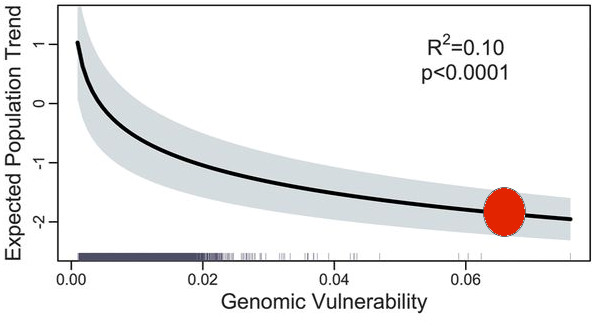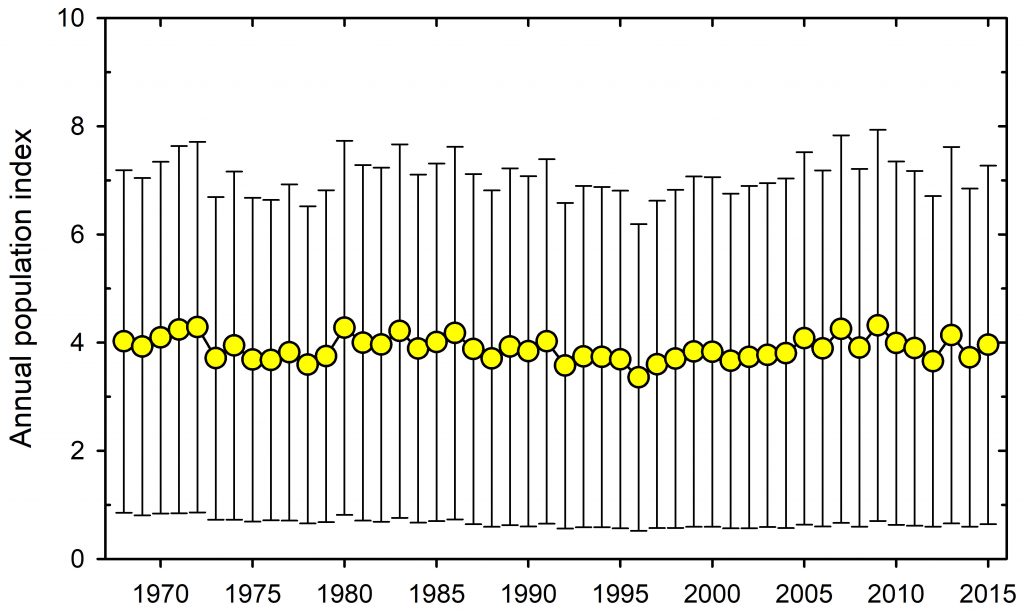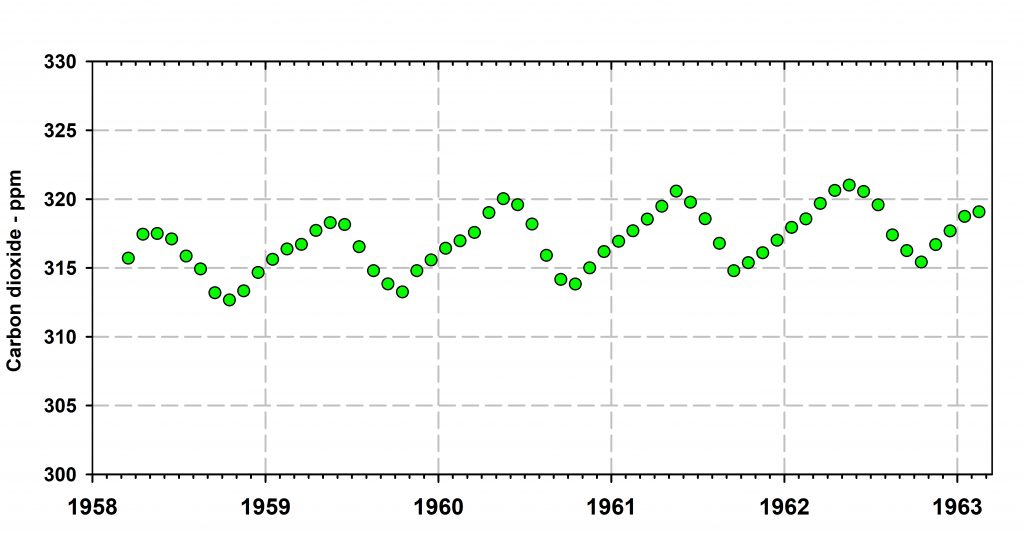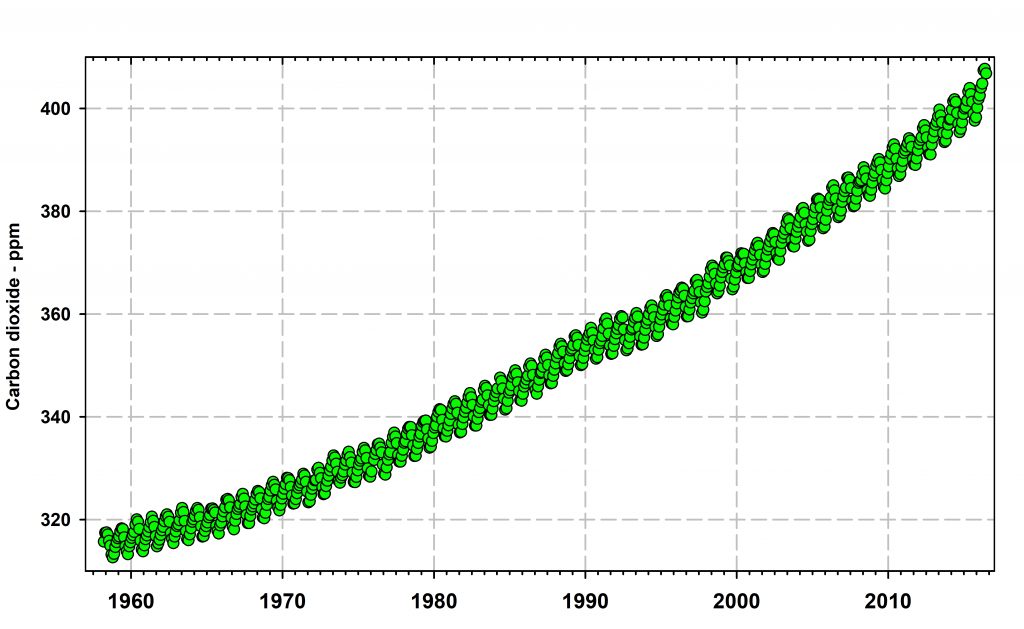The general science of Ecology has changed dramatically during the last 60 years and my perception is that at present it is failing its critical role in developing science for the good of the Earth. I ask here if this pessimistic view is correct, why that might be, and if it is possible to change our trajectory. Every science must focus on major problems and these problems are too often lost as time progresses. The causes of these changes are rarely due to the competence of the scientists involved and more typically are found in the social milieu.
The most obvious problem is science funding. You will appreciate that some sciences are funded very extravagantly and others very poorly. It is a decision of most societies that the sciences of medicine, economics and law are the kings of the hill. More funding probably flows to medical science than to all the other sciences combined. You can argue that this is what should occur, since humans are the most dominant and most important species in the Earth’s ecosystems. The confound here is the ethical one – are the poor of the world to be helped or not? Such a question seems outrageous, but just look at the distribution of Covid vaccines at different countries around the world. Economics is a strange bedfellow of medicine in the apparent view of society and its governments. The result is that there are more economists in the world today than non-medical scientists. We will not change this in our day.
The sciences that are most highly regarded are those that achieve two goals: first, rapid developments that improve our wealth, economic, and social goals, and second, developments that enable Earth as a planet to be exploited for human welfare. The physical sciences and engineering permit us to travel quickly, to fight wars against our enemies, and as a spinoff provide us with better automobiles and kitchen appliances. Geology helps us to find oil, iron ore, and lithium while it maps the Earth to help us understand its history. Zoology and Botany are different. They are supported strongly when they interface with the medical sciences and agriculture at a very practical level but otherwise are low in the funding order.
Ecology differs in that it proposes to understand how the populations of animals and plants, the biological communities, and ecosystems operate and what forces cause these to change. The first problem that arises with this mandate it that ecological understanding requires time frames that exceed human lifespans. So, ecology faces the same problem as geology but is not easily able to be useful in telling us where to build dams, where to mine gold and coal. We face an impossible barrier. To describe the biota of the Earth with its millions of species will occupy us for hundreds of years, assuming the funding is there. To understand why communities and ecosystems change will require an equal time span. But since ecological elements are driven in many ways by weather, climate change forces us to analyse an ever-changing network of species interactions.
A consequence of this dilemma for ecologists is that they must study how humans are destroying the Earth and suggest a resolution of these problems. We are squeezed between our original objective of understanding how ecological interactions structure our world and serious immediate problems. An introduced pest is killing our trees – do something about this. Deer populations are too high so fix that. Fisheries are in difficulty, manage that. Some iconic species are declining in abundance, so citizens push to have more funding for biodiversity conservation. These are all short-term problems, while the need for ecological understanding is almost entirely long term. This takes us back to funding. For the past 30 or more years governments around the world have been reducing funding for ecological investigations. Government biologists have not increased in number given the urgent problems of the day. University funding of ecological sciences and ecological faculty members has declined partly because ecologists do not increase economic growth. Private funding has not come to the rescue because it is largely directed to social and economic issues, partly because of the feeling that it is the government’s job to deal with long-term issues in research.
The only solution is for ecologists to work together on important large-scale ecological problems with minimal funding. But this is impossible within the university system in which teaching is a focus and research can only be short-term. Attempts to address the large-scale ecological issues have resulted in many publications that use meta-analyses to resolve ecological questions. I doubt that these have achieved the resolution of ecological issues that we need (e.g. Geary et al. 2020).
What can we do about this relatively gloomy situation? One suggestion is to continue as we are, addressing short-term questions with limited funding. The advantage of this approach is that it allows individuals freedom from group constraints. One disadvantage is that two studies of the same problem may not be comparable unless the methods used were the same (e.g. Christie et al. 2019). The argument that climate change is happening so everything will change, and the past will not be relevant to the present is an argument of a broad uncoordinated approach to ecological issues.
Another approach can be to identify the critical ecological questions that we need answered now. Few have been brave enough to attempt this (Sutherland et al. 2010, 2013, 2018) for the broad area of conservation biology. An attempt to judge how much progress had been made on the issues listed in these three papers would be profitable in order to determine if this approach is useful in coordinating research programs. We might hope that ecological discord would be reduced if critical ecological questions were attacked with a consistent experimental design.
This discussion of ecology fits under the ‘empirical ecological studies’ framework of Fulton et al. (2019), and the expansive belief that theoretical models and system models will drive ecology into a successful science is illustrated in this recent review (O’Connor et al. 2020) and the accompanying articles. My concern is that these approaches have gotten us very little ahead in understanding ecological systems to date, and that until empirical ecological studies are increased in scope, duration, and precision we will not know whether models and systems analysis are leading us to a better understanding of the Earth’s ecosystems and the drivers of change or not. There is much left to be done.
Christie, A.P.et al. (2019). Simple study designs in ecology produce inaccurate estimates of biodiversity responses Journal of Applied Ecology 56, 2742-2754. doi: 10.1111/1365-2664.13499.
Fulton, E.A.et al. (2019). Where the ecological gaps remain, a modelers’ perspective. Frontiers in Ecology and Evolution 7. doi: 10.3389/fevo.2019.00424.
Geary, W.L., et al. (2020). Predator responses to fire: A global systematic review and meta-analysis. Journal of Animal Ecology 89, 955-971. doi: 10.1111/1365-2656.13153.
O’Connor, M.I.et al. (2020). Editorial: Unifying ecology Across scales: Progress, challenges and opportunities. Frontiers in Ecology and Evolution 8, 610459. doi: 10.3389/fevo.2020.610459.
Sutherland, W.J. et al. (2010). A horizon scan of global conservation issues for 2010. Trends in Ecology & Evolution 25, 1-7. doi: 10.1016/j.tree.2009.10.003.
Sutherland, W.J. et al. (2013). Identification of 100 fundamental ecological questions. Journal of Ecology 101, 58-67. doi: 10.1111/1365-2745.12025.
Sutherland, W.J et al. (2018). A 2018 Horizon Scan of Emerging Issues for Global Conservation and Biological Diversity. Trends in Ecology & Evolution 33, 47-58. doi: 10.1016/j.tree.2017.11.006.



